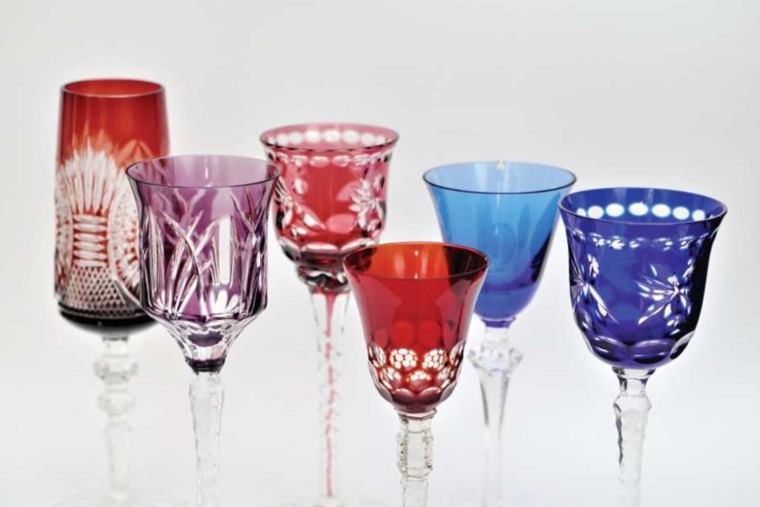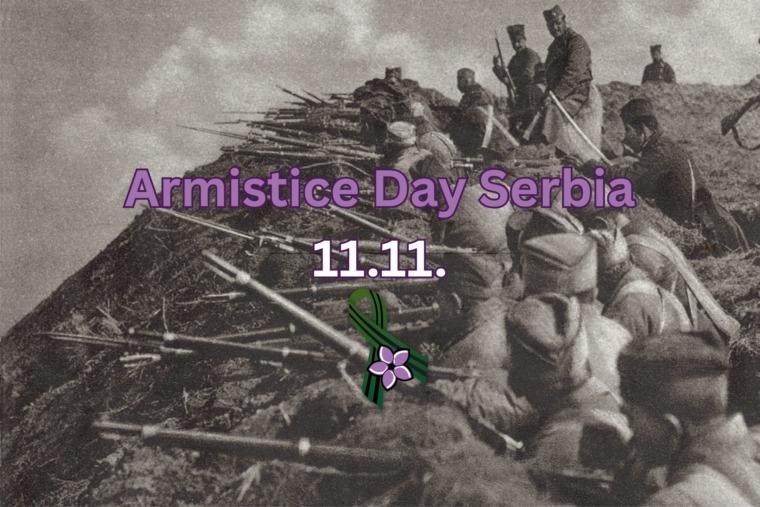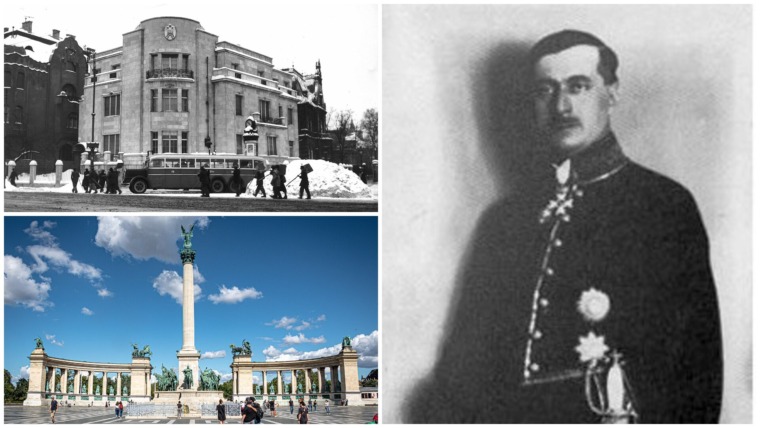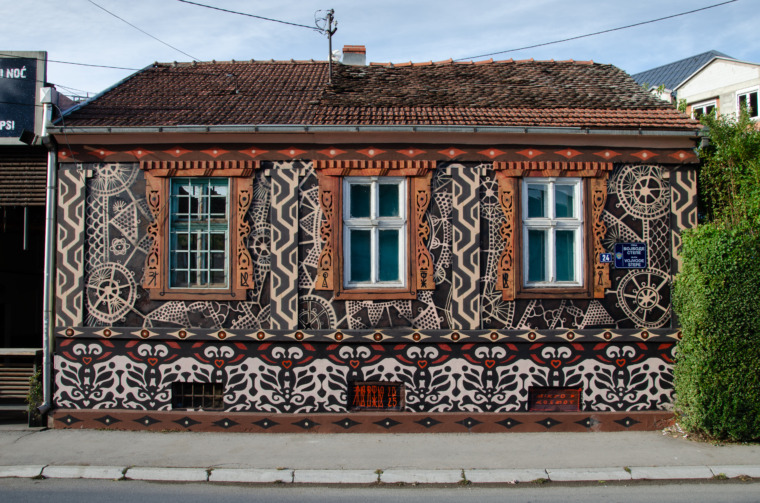
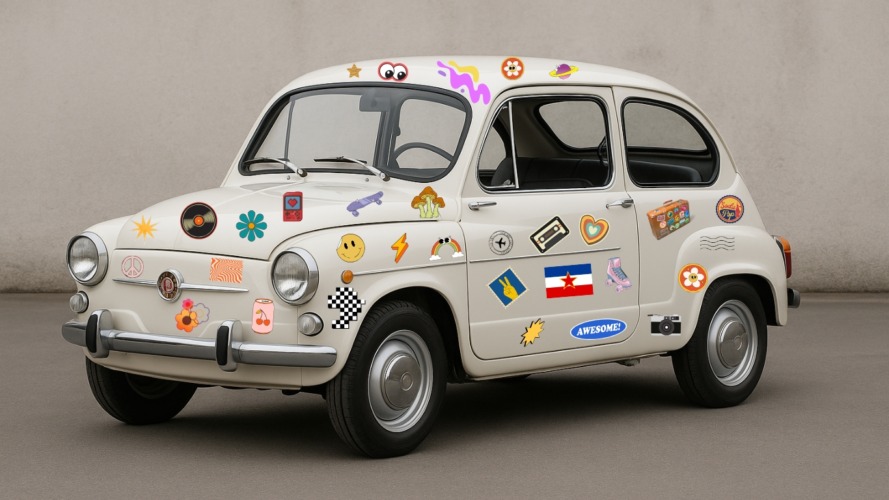
A small car with a big heart – this is the best way to describe the legendary Fića, the vehicle that defined an era, becoming more than just a means of transport. The Zastava 750, affectionately known by this nickname, was not just a car; it was a symbol of progress, family trips, first driver’s licenses, and dreams of freedom on four wheels.
A Brief History of Fića
The first Fića rolled off the assembly line at the Zastava factory in Kragujevac on October 18, 1955. It was produced under the license of the Italian Fiat 600, but quickly developed its own unique character, adapted to the Yugoslav market. Over three decades, until November 1985, a total of 923,487 units were produced.
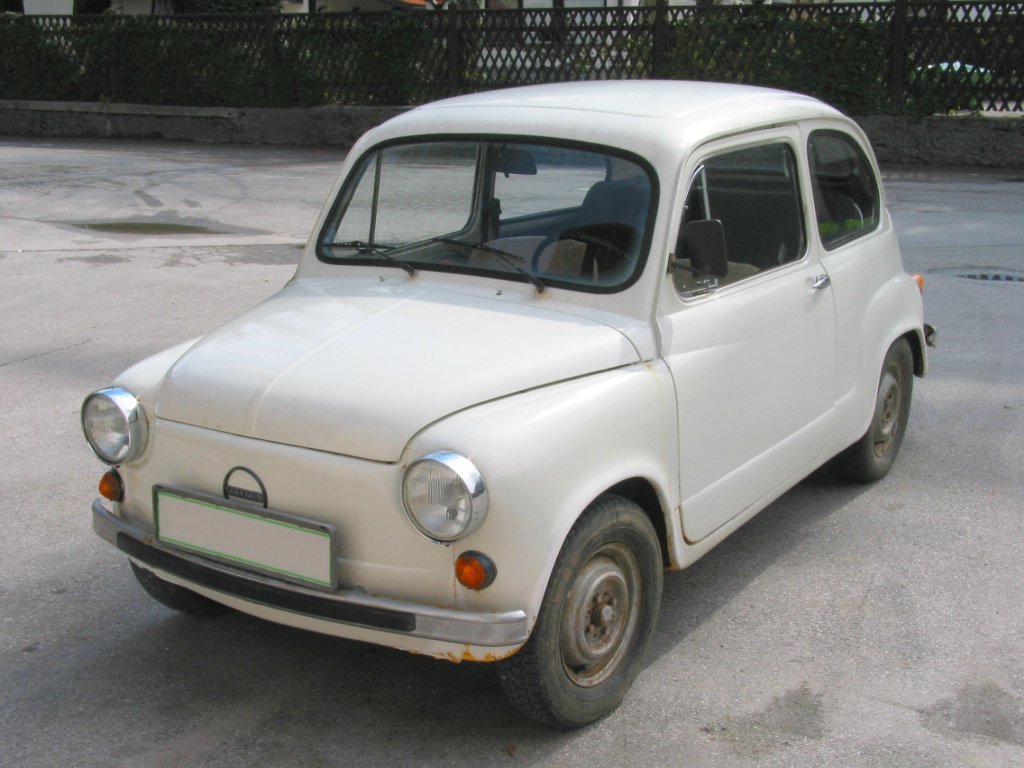
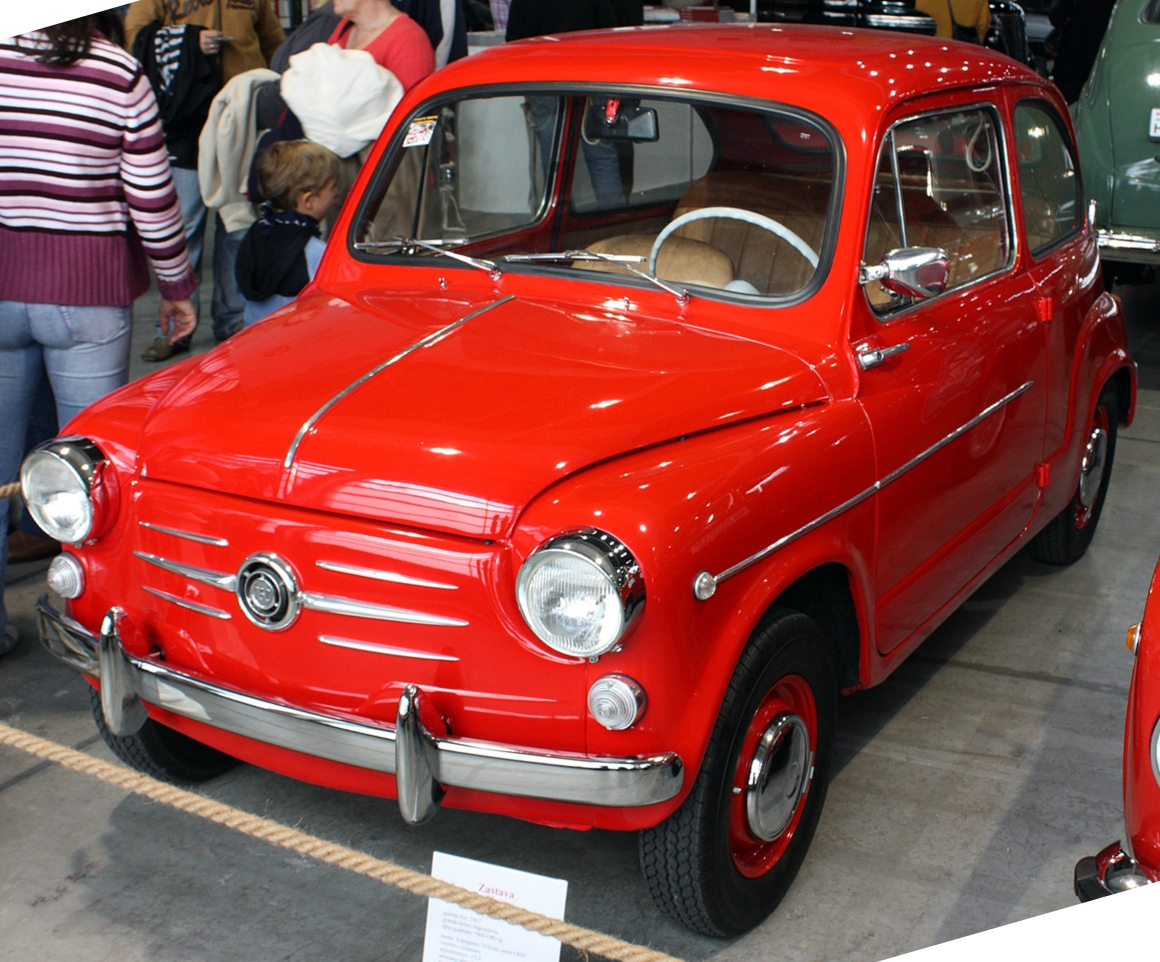
János Tamás
There were many versions of the model, including the Z-750 LE, which is now preserved in the Zastava Museum in Kragujevac as a rare piece of industrial history. Abroad, the Fića was known as the Seat 600 (Spain) and Sevel (Argentina).
Fića – The Car for Everyone
Fića was one of the first cars that made mass motorization possible in Yugoslavia. Its affordable price, simple mechanics, and low fuel consumption made it ideal for the average driver. It was the “people’s car” – the first vehicle for young families and students, as well as a loyal companion for generations of drivers.
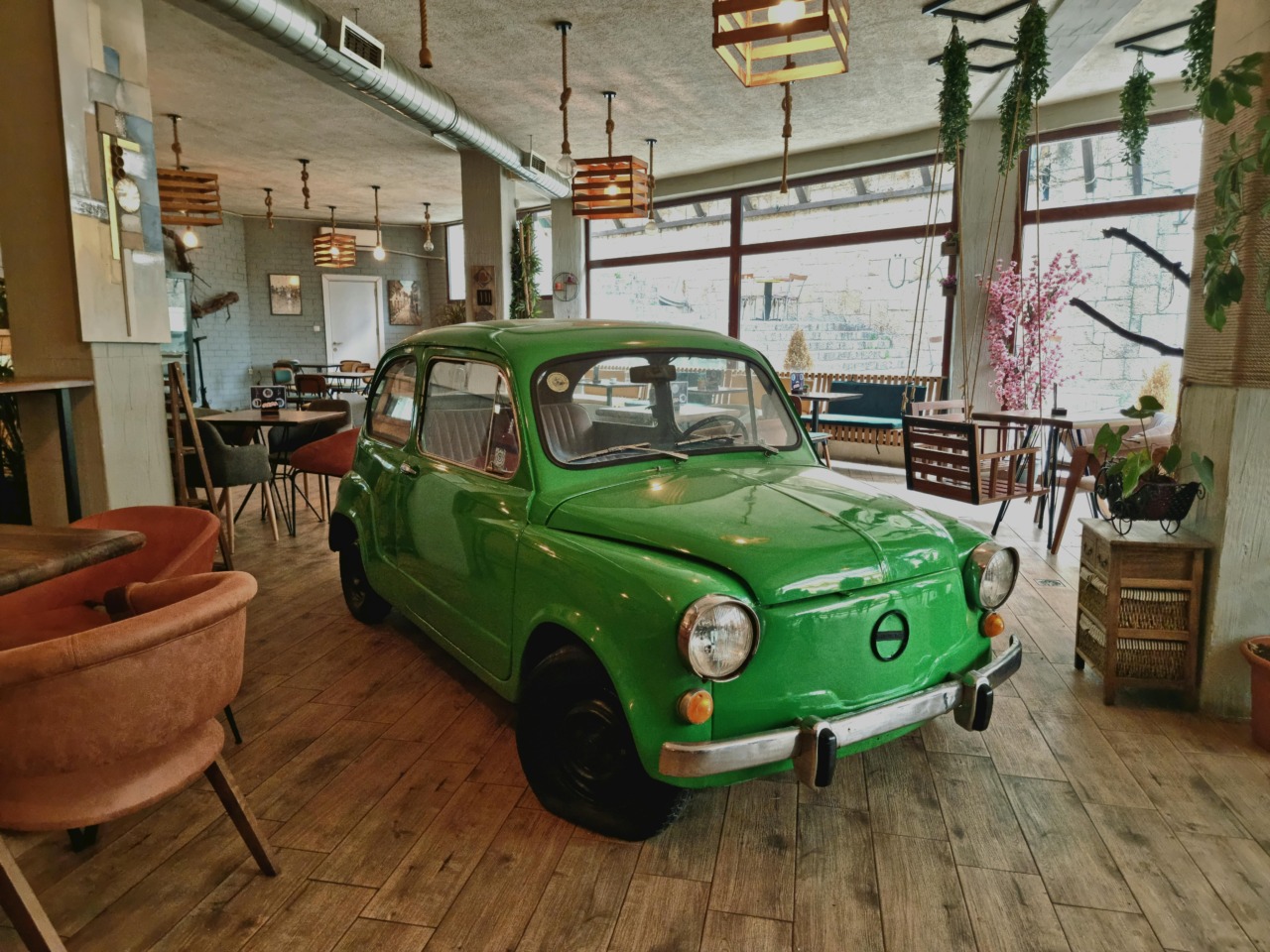
Fun Facts and Features
- Fića’s engine had a displacement of 767 cm³ (843 cm³ in the 850 model) and rarely exceeded 30 horsepower – but that didn’t stop it from conquering the roads.
- Its top speed was about 100 km/h, but for its owners, it felt faster than any sports car because it carried the feeling of freedom.
- Known for its compactness – small, agile, and able to fit into almost any parking space.
- Today, car enthusiasts often restore Fića models and organize retro car meetups, keeping its spirit alive.
Fića as a Symbol of an Era
At a time when the roads were quieter, Fića was everywhere – on family trips to the Adriatic coast, at weddings, and even as a police car and taxi. It became a symbol of Yugoslav industry and culture. To this day, people look at it with affection and nostalgia, as it represents simpler times, childhood memories, and first road adventures.
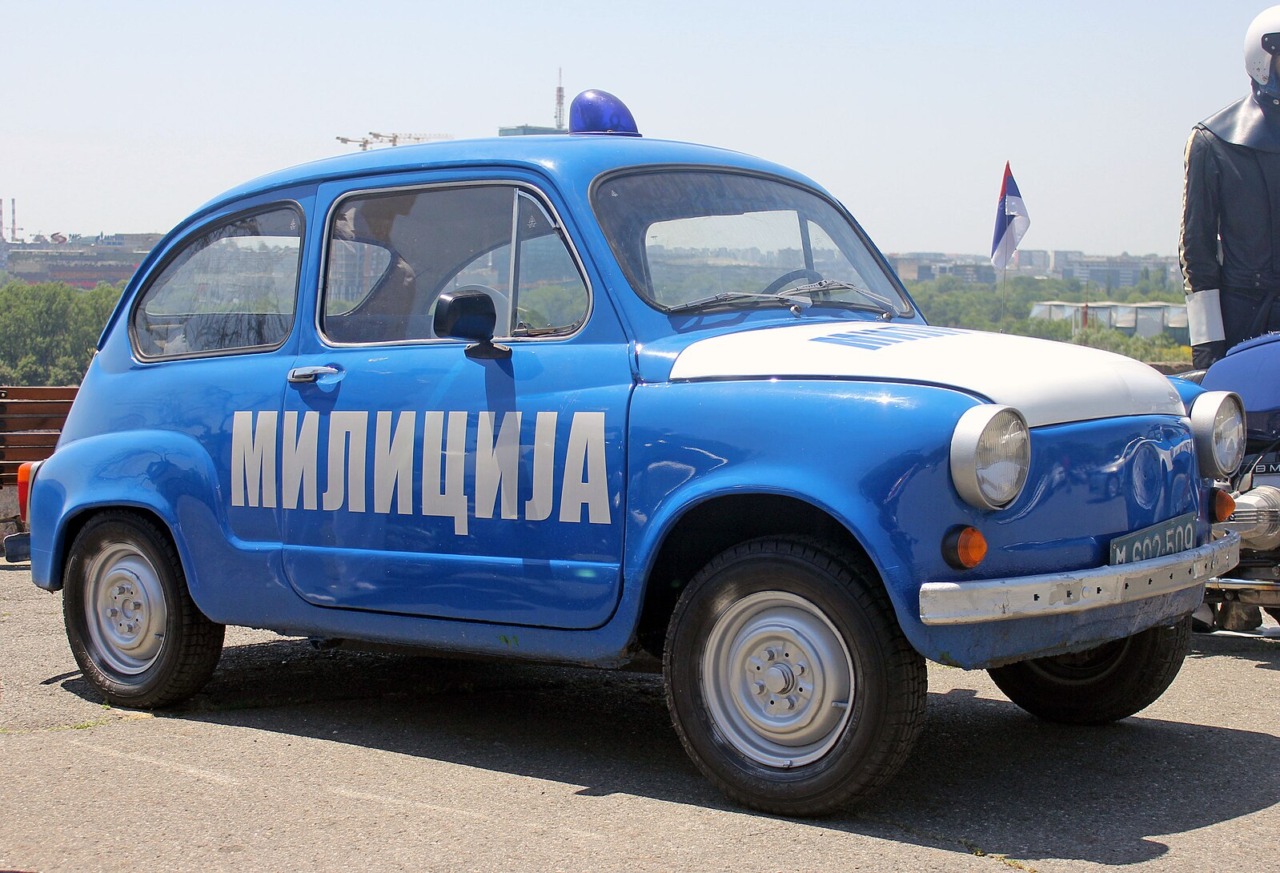
Where Can You Still Drive Fića Today?
Although no longer in production, Fića remains alive among enthusiasts. You can see beautifully restored models at vintage car gatherings across Serbia and the Balkans, such as the annual “Fića Meeting” in Kragujevac. Some private collectors and car clubs even offer Fića rentals for weddings, themed events, or photo sessions.
Why Does Fića Still Inspire Love?
Its design, simplicity, and the nostalgia it evokes make it an eternal classic. Fića is not just a car – it is a story about a time when dreams fit into a tiny trunk, and the joy of driving was timeless.
Related Articles


Belgrade: From Filming Location to Film Capital in the Making
December 18, 2025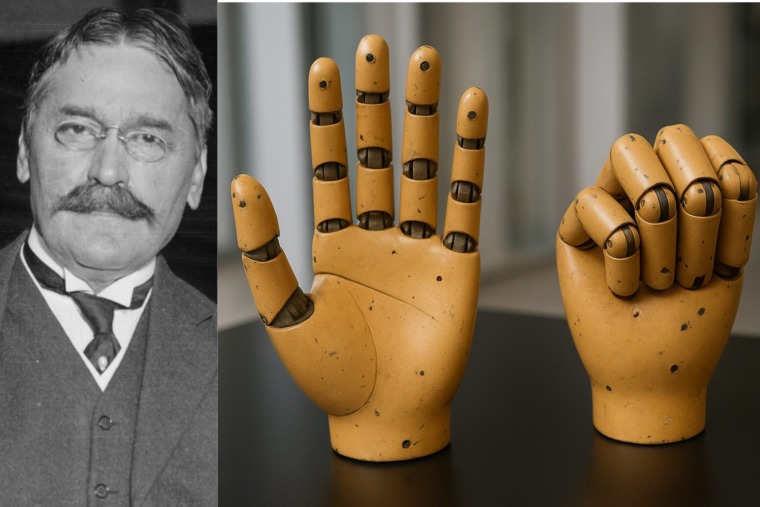
The Belgrade Hand: A Bionic Pioneer from Serbia
November 27, 2025
10 Serbia Travel Hacks You’ll Wish You Knew Earlier
November 7, 2025


